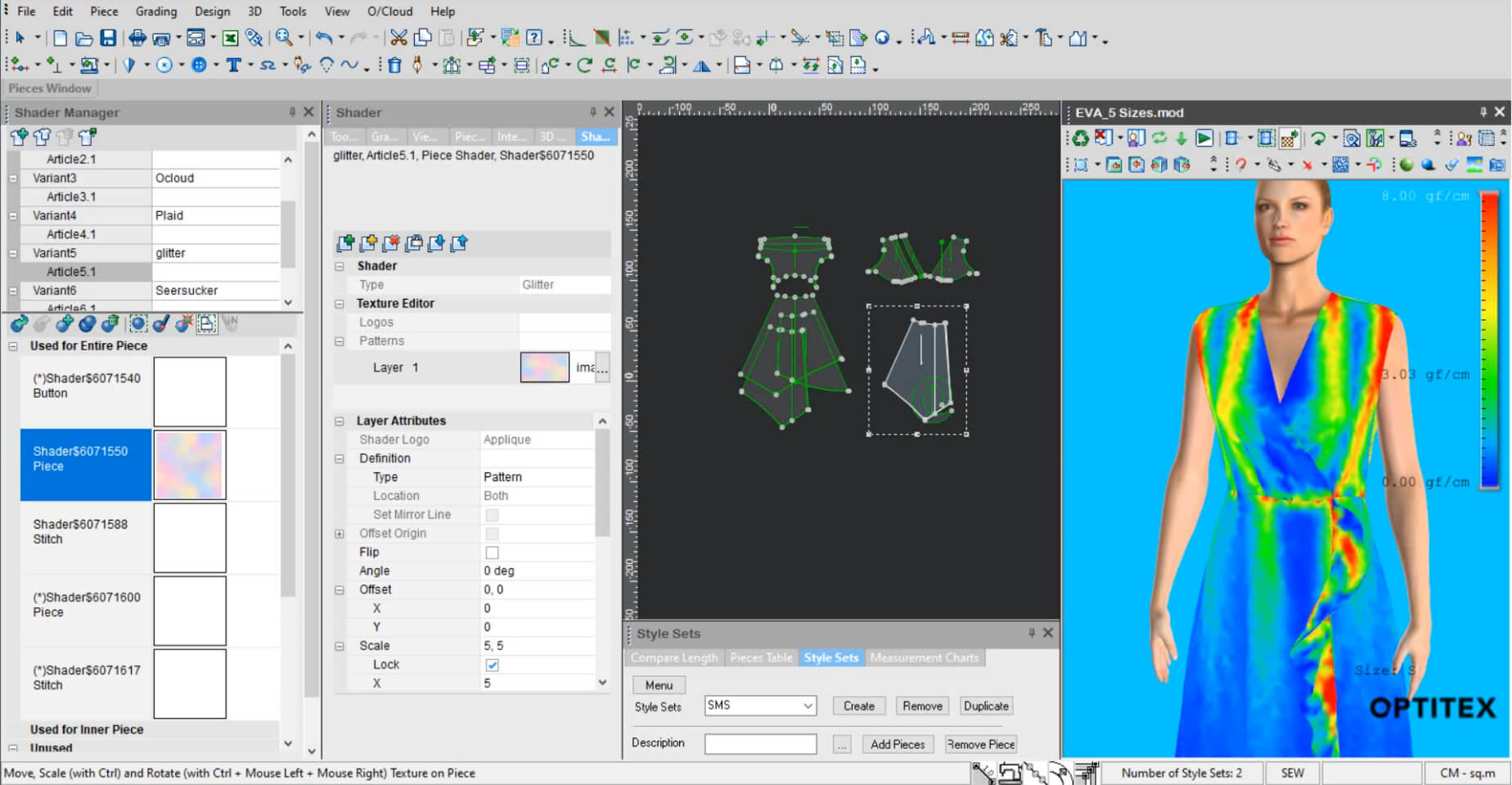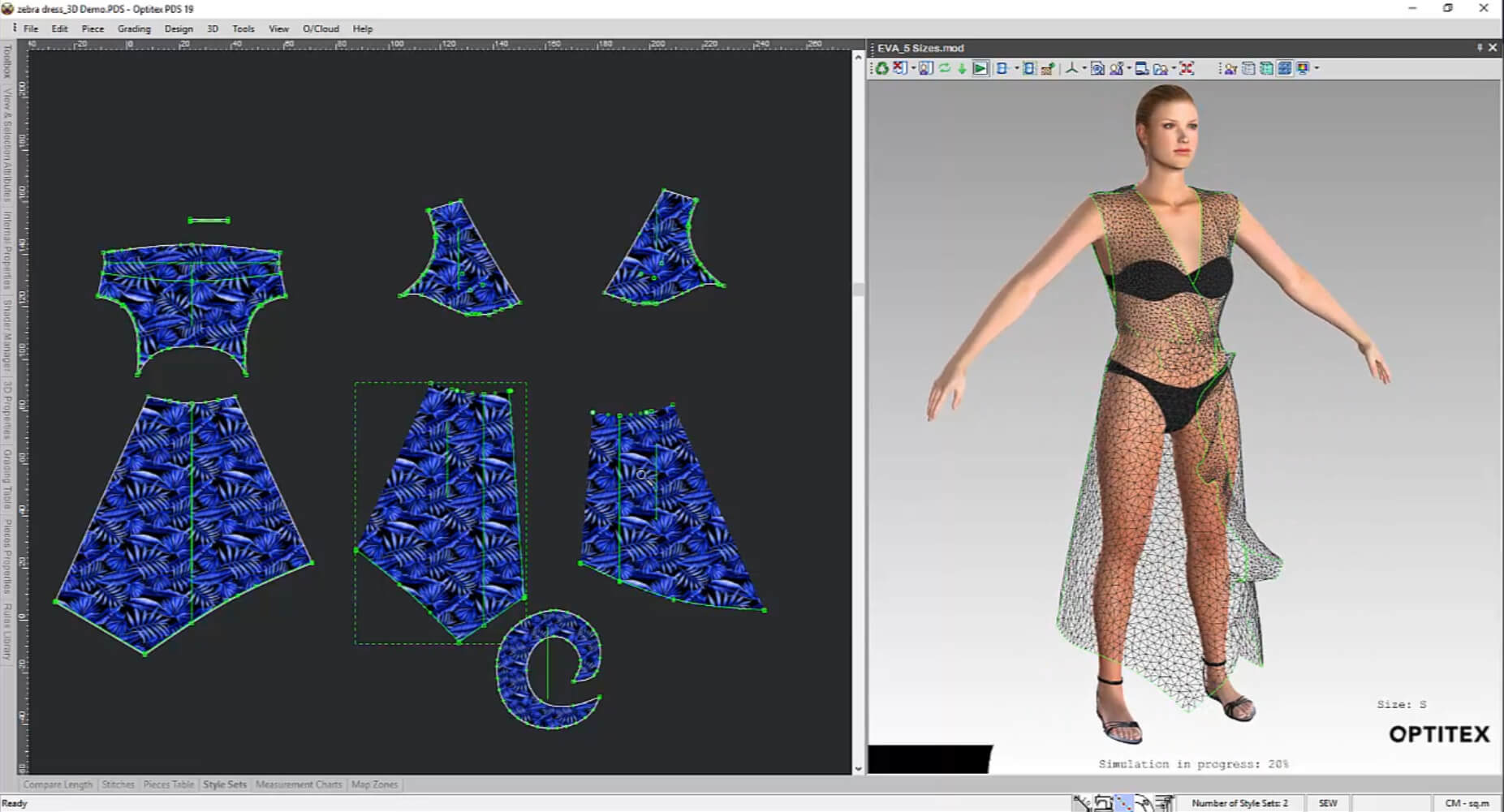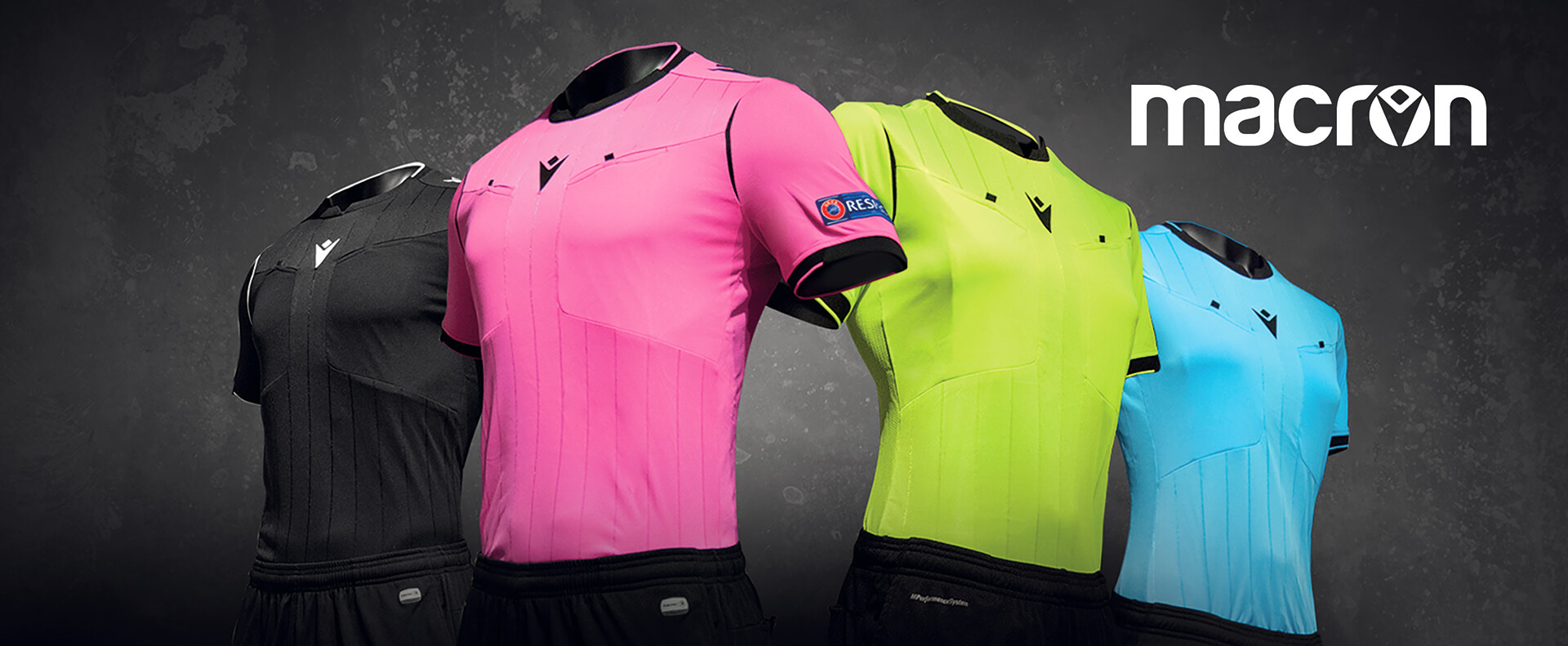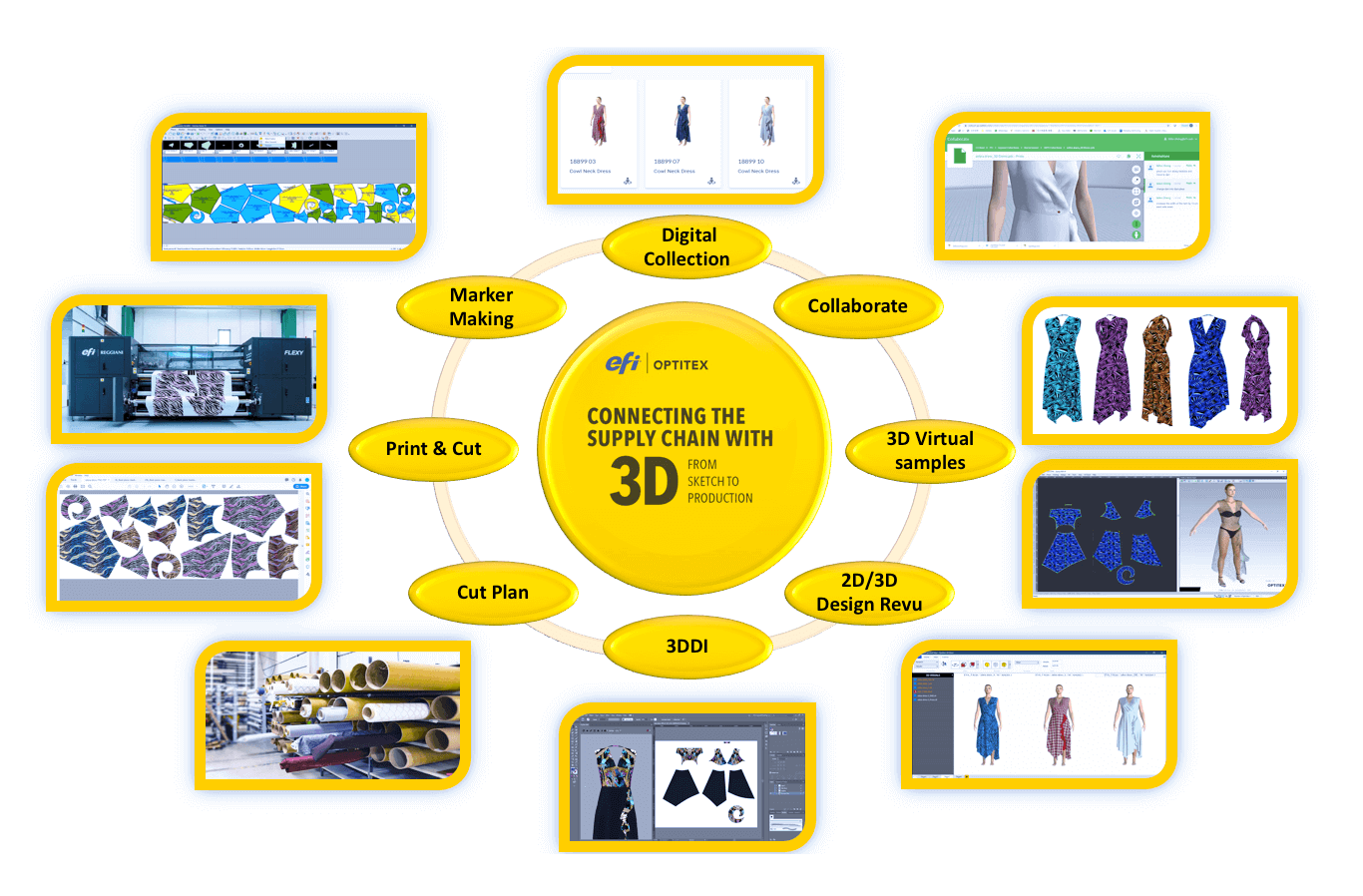Connecting the Supply Chain

Leggi in italiano
In a recent article on Apparel Magazine, Jon Slangerup, Chairman and CEO of American Global Logistics, described the complexity of the fashion industry’s supply chain by saying “Few supply chains are as dynamic as those relied upon by the fashion industry.” Indeed, a myriad of elements must be managed simultaneously within extremely tight deadlines, such as short product life cycles, a broad network of suppliers, fierce competition, demanding consumers, and more.
Growing industry demands highlight the importance of a well-managed supply chain.
In 2017, the global fashion industry was worth $2.5 trillion, but profit margins remained meagre. According to a McKinsey study, these margins could become even thinner in 2019. The very nature of the fashion product, which is by definition short-lived, implies high turnover rates, which represent a major logistical challenge. A rational supply chain is essential to meet market demand.
Fashion trends are not the only thing to quickly shift, and consumers change their minds often while making detailed, well-informed demands. The rise of e-commerce requires a fast and agile organization, forcing retailers to accommodate. A Forbes study states that, in 2018, 51% of e-commerce brands offered same-day delivery.
In this context, the supply chain needs to be very efficient. To reconcile cost and speed, a centralized logistics platform and digitalization tools can help optimize the overall operation and identify opportunities for improvement. Smart companies must innovate to achieve better returns.
The fashion supply network is usually vast. Companies need to take a close look at their suppliers to maximize their efficiency and resilience. The need to move goods quickly, the growing demand for sustainable, personalized products, and tariff pressures make it a priority and make the proximity of manufacturing facilities increasingly important.
When it comes to selling fashion products, every minute counts, in fact, a study by Goldman Sachs found a direct correlation between time to market and sales. One reason is that it takes an average of 4.5 months to go from design to purchase. Product development must be integrated with logistics to reduce time to market and enable faster decision-making.
According to a Gartner study, Target noted a 5.3% increase in turnover thanks to its “click-and-collect” service. Organizing these new services requires the implementation of new technological tools and specialized experts, which is no easy task, but one that proves to be valuable. By combining a centralized platform and innovative tools, apparel companies can accelerate their digital transformation and get their share of success.

Hear it from to the experts:
We need to digitalize the supply chain. 3D design and virtual sampling is easy to experiment with, and the business benefit is enormous – reducing product cycles from months to weeks or even days. “speed is critical in staying competitive in today’s digital economy” says Marc Compagnon, executive director & group president, Li & Fung.
Apparel firms and their suppliers need to understand the customer base and leverage data as a competitive advantage. The ecosystem approach: collaboration with tech companies and other service providers, is vital. “Expect to see more innovation in stores along two dimensions: ultra-convenient, speedy, and experiential retail. Winners will have managed to do the above while simultaneously cutting costs and driving efficiency in their business,” says Siobhán Géhin, Kurt Salmon, part of Accenture Strategy.
“More so than ever, you must be nimble and easily and quickly adapt to changes,” said President and CEO of the Council of Fashion Designers of America, Steven Kolb.



In FashionCapital’s newsletter on October 16th, Jenny Holloway comments: “After carefully evaluating 3D CADCAM systems there really was no other alternative but Optitex! The software is the most advanced on the market and easy to use. You create avatars for your body blocks. Then you can design to those blocks and patterns are automatically created. Better still you can then ping over the patterns for samples to be made. This cuts out so much time in sampling and fitting. This is a mini revolution and we are proud to be offering Optitex classes – a huge thank-you to Optitex for inviting me to speak to industry in Leicester yesterday.”
The fashion industry needs speed and flexibility. Oliver Lange, Head of H&M LAB Germany, said: “There are four main changes in the industry: the biggest two changes are digitalization and sustainability, the third is financial and political instability and the final one is shifting demands.”
Karin Tracy, Head of Industry, Retail, Fashion, Beauty, and Luxury at Facebook, feels the same way: “Speed is everything right now. For luxury brands, whoever is the fastest right now will have a competitive advantage, full stop. They need to step out of the comfort zone of perfection, think about how to move fast and build things to let them do so.”
The same shifts are evident in the sportswear field, as top retailers realize that athletes are not only quick to move physically, but also to change their mind and demands. When Adidas CEO Kasper Rørsted first arrived at the company, he focused on “three strategic choices: Open source innovation, cities, and speed.”
Innovation and speed require much more than moving faster. Edwin Keh, CEO of the Hong Kong Research Institute of Textiles and Apparel described it perfectly when he said: “While “speed to market” will continue to be necessary, it is intelligence, predictive insights, quick action, and the ability to try lots of experiments that make speed a competitive advantage.”
Also, for Macron European leader in sportswear and team wear speed is vital. Amedeo Iossa, Production Development Manager, says:” Optitex CAD is intuitive and quick. Our operators have also found many new possibilities and features with the latest software. It’s straightforward to use, and the steps are faster. The design phase is more efficient.”


It’s time for you and your business to ask (and answer!) these questions:
1. How can you lower your costs?
2. Are your management tools outdated?
3. Have you tracked and analyzed your suppliers’ performance?
4. Does your supply chain meet market demands?
5. How can you deal with new business models?


 English
English  French
French  Italian
Italian  Spanish
Spanish 